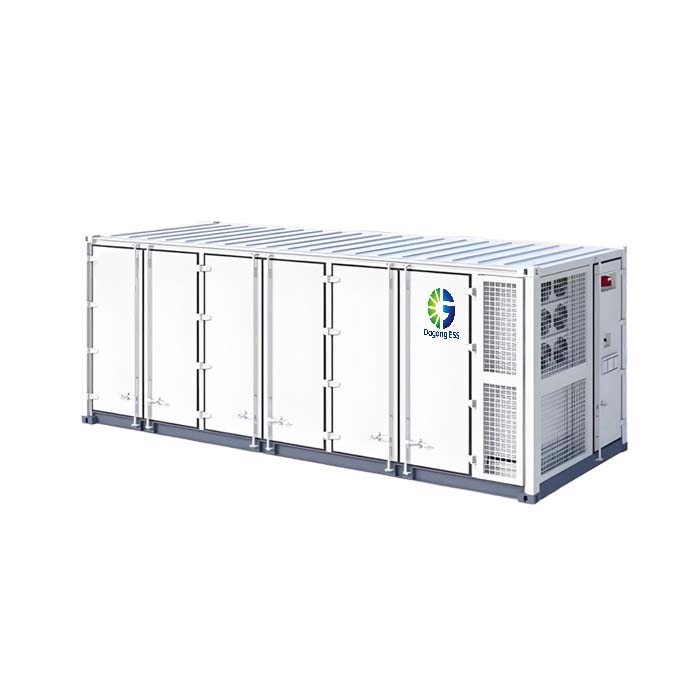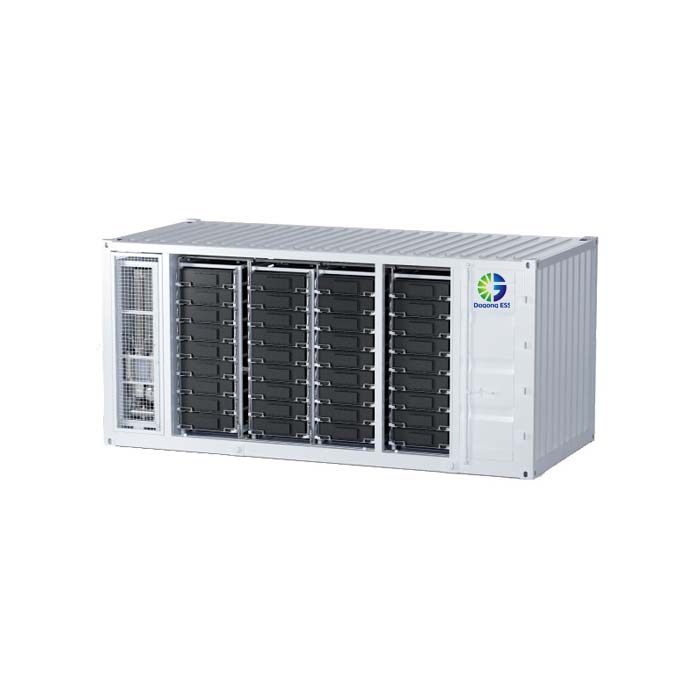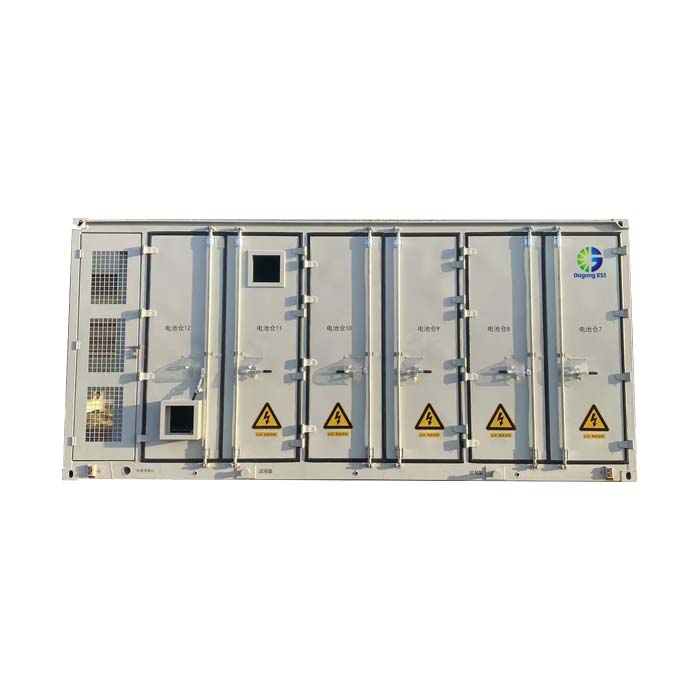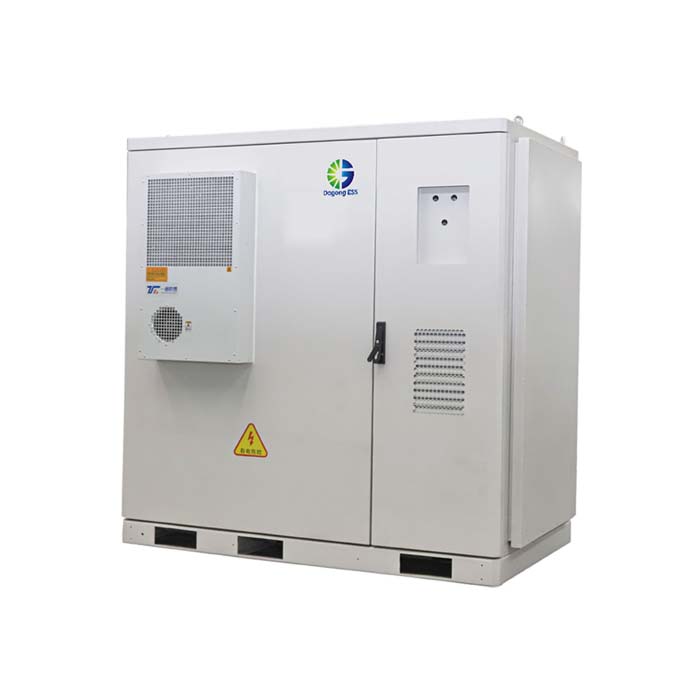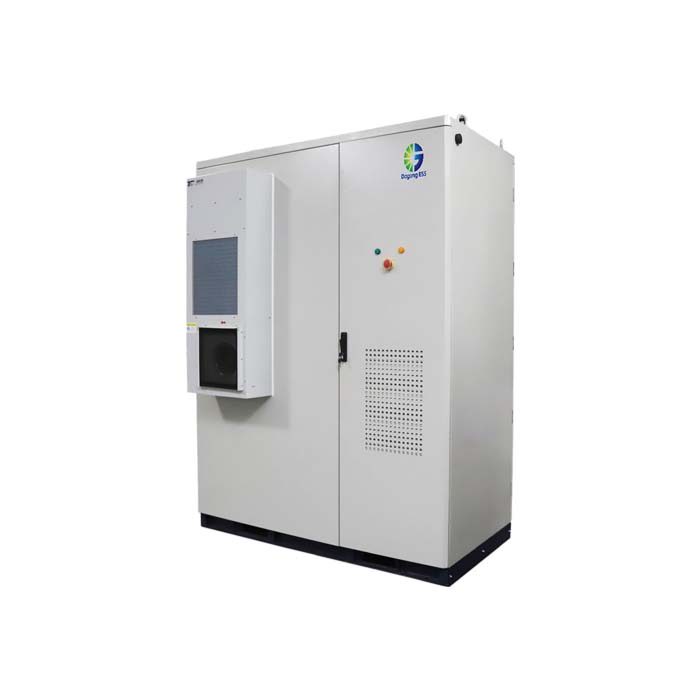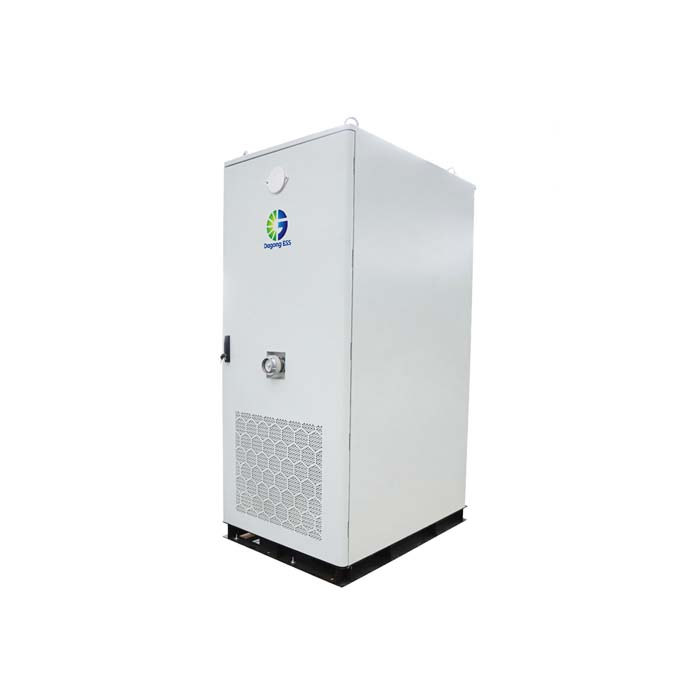The Pros & Cons: Containerized vs. Traditional ESS Systems
What is Energy Storage System (ESS)?
An Energy Storage System (ESS) is a solution that stores energy for later use, typically using battery technologies like lithium iron phosphate (LiFePO₄). ESS helps balance electricity supply and demand, ensuring stability, efficiency, and cost-effectiveness in both residential and commercial applications.
Types of ESS: Containerized vs. Traditional
Containerized ESS: Pre-integrated in standard 20ft/40ft containers, plug-and-play, easy to transport and install.
Traditional ESS: Installed as separate components (battery racks, PCS, HVAC, BMS) in buildings or dedicated rooms, requiring more on-site engineering.
Features of Containerized and Traditional ESS
Containerized ESS:
Compact & modular design
Factory pre-assembled and tested
Lower installation time and cost
Ideal for rapid deployment projects
Traditional ESS:
Higher customization flexibility
Better integration with existing infrastructure
More complex and costly to install and maintain
Applications of Both ESS Types
Containerized ESS:
Renewable energy storage
Microgrids
Utility peak shaving
Off-grid or remote areas
Traditional ESS:
Industrial & commercial facilities
Urban buildings with space constraints
Telecom stations and data centers
Price of Containerized vs. Traditional ESS
The cost depends on system size, configuration, cooling type (air or liquid), and installation needs. Generally:
Containerized ESS: Lower overall cost for standard sizes
Traditional ESS: Higher customization leads to higher design and labor costs
Pricing is typically quoted based on EXW, FOB, or CIF terms.
For accurate quotation, consult a professional ESS supplier.
How to Select the Right ESS for Your Project?
Evaluate available installation space
Consider deployment time and labor capacity
Analyze your energy needs (peak/off-peak, grid support, backup)
Check environmental conditions (temperature, humidity)
How Long Does ESS Last?
Containerized ESS: Typically 10–15 years with proper maintenance
Traditional ESS: 10–20 years, depending on component quality and operating conditions
The Supplier of Containerized & Traditional ESS Systems
Dagong ESS offers both air-cooled and liquid-cooled containerized energy storage systems, as well as traditional integrated solutions tailored to specific site requirements.
Dagong ESS provides customized services to meet the standards of different countries and application scenarios.
📧 Contact: sales@dagongess.com
🌐 Website: www.dagongess.com


